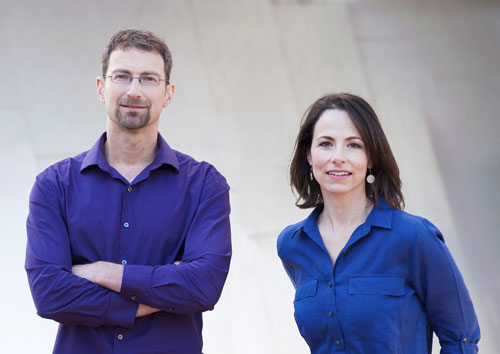Latest
- Speaker: Adam Perer, Ph.D., Research Scientist, IBM Research & Adjunct Professor, Carnegie Mellon University
- Title: Data-Driven Healthcare: Visual Analytics for Exploration and Prediction of Clinical Data
- Date: January 25, 2018

Speaker Bio: Adam Perer is a Research Scientist at IBM's T.J. Watson Research Center, where he is a member of the Healthcare Analytics Research Group. His research in visualization and human-computer interaction focuses on the design of novel visual analytics systems. He received his Ph.D. in Computer Science from the Human-Computer Interaction Lab at the University of Maryland, advised by Ben Shneiderman. .His work has been published at premier venues in visualization, human-computer interaction, and medical informatics (IEEE InfoVis, IEEE VAST, ACM CHI, ACM CSCW, ACM IUI, AMIA). More information about Adam's research is available at http://perer.org
This RealViz Talk is sponsored by a grant from Bentley’s Data Innovation TLN.





